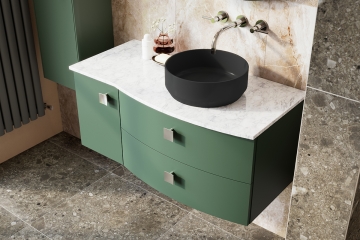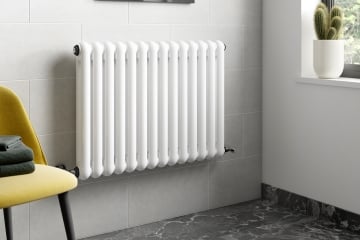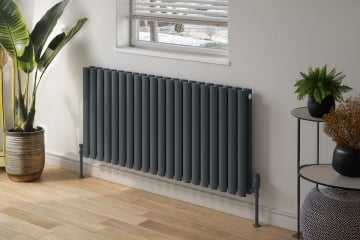Bathroom Zones - IP Ratings Explained
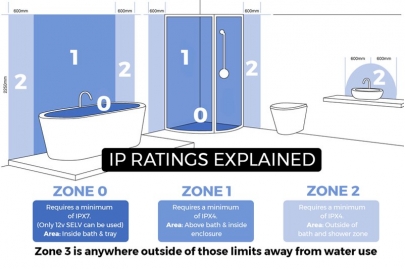
Bathroom Zones - The IP Standard
The Ingress Protection (IP) Standard is a rating system for categorising electrical appliances by their ability to keep out foreign bodies, such as dust particles and water. For bathroom electronics, this is most relevant in preventing water from entering the appliance and causing a potentially dangerous malfunction. This system is now the standard in the UK and should be conformed to when designing and purchasing appliances for your bathroom.
Though potentially daunting, the IP rating is merely a reference system. Two numbers follow the letters IP, for example IP65. The first digit (0-6) refers to the object's protection against foreign bodies, such as dust and tools, while the second (0-8) is its ability to keep out water, from general humidity to complete submersion. The latter of these is more likely to be a concern in bathroom appliances, such as shower lights. There are a number of letter suffixes that can be added to the end of the IP code, signifying a wide range of other traits (for example, protection against oil).
The particle ratings are:
0: No protection against particles.
1: Protected against solid objects over 50mm, such as accidental touching with hands.
2: Protected against solid objects over 12mm, such as fingers.
3: Protected against solid objects over 2.5mm, such as tools.
4: Protected against solid objects over 1mm, such as wires.
5: Protected against non-harmful dust particles.
6: Protected against all dust.
The liquid protection ratings are:
0: No protection against water.
1: Protected against drops of condensed water, such as mist, while in an upright position.
2: Protected against drops of falling liquid while tilted slightly (up to a 15 degree angle).
3: Protected against rainfall while tilted further (up to a 60 degree angle).
4: Protected against splashing liquid from any direction.
5: Protected against jets of water, such as from a shower.
6: Protected against ship deck conditions, including waves of sea water.
7: Protected against submersion in water for a stated duration, up to 1m depth.
8: Protected against indefinite submersion in water.
While installing bathroom lighting and other electronics, this means that a liquid rating of 5 will be sufficient. This applies to our earlier example of IP65, where the appliance will be protected against jets of water, ideal for wall lights in a shower.
The bathroom can be divided into zones, based on proximity to the various water sources in that room. These zones are:
Zone 0: Any area that will be submerged in water. In bathrooms, this only really applies to lights that will be installed in bathtubs below the waterline. Electrical appliances in this zone must meet a rating of IPX7 (it is a given that any item that can be submerged in water will also be immune to dust and other particles).
Zone 1: A shower area, whether an enclosed shower or a bathtub with a shower nozzle, up to a height of 2.25 metres. The minimum IP rating for an appliance in this zone is IP44, meaning it must be protected against all solid objects and any splashing liquid.
Zone 2: An area of a 60cm radius surrounding any instance of Zone 1, requiring protection against mist and small splashes of water. For the purposes of the IP system, wash basins are considered to be Zone 1 and thus create a Zone 2 area. Electrical appliances must meet a rating of IPX4 (the particle rating doesn't matter but it must have a liquid rating of 4).
Outside Zone: Refers to anywhere in a room that does not fall under the Zone 0, 1 or 2 categories. Electronics in these areas do not require any specific IP ratings unless they are cleaned with streams of water. In spite of this, it is still worth ensuring that any appliances meet an IP44 rating, as steam and condensation could still do damage to lights and other items.
As an example, a Hib back-lit mirror has a rating of IP44. This means it is safe for installation in a bathroom but should not be subjected to direct water exposure. A HiB shower light has a rating of IP65, meaning it is completely safe in an environment where it will be sprayed with water.
The IP rating removes any confusion by allowing a person to easily refer a table and determine the suitability of an electrical appliance for any location in a bathroom. Where a product has an IP rating provided, HeatandPlumb.com lists it in the product details so you can be confident that it's safe before you make a purchase.
Related Posts
Bathroom vanities take constant punishment from water, humidity, cosmetics, and cleaning products. Proper maintenance can extend their lifespan dramatically - but neglect leads to premature failure even with quality units.
Getting radiator placement wrong doesn't just look odd - it genuinely wastes energy, reduces comfort, and can cost you money every winter through inefficient heating. So what’s the best place for them?
Ever wondered why radiators seem to always end up under windows? Does seem odd, doesn’t it? Why put your heat source right next to the coldest part of the room?

